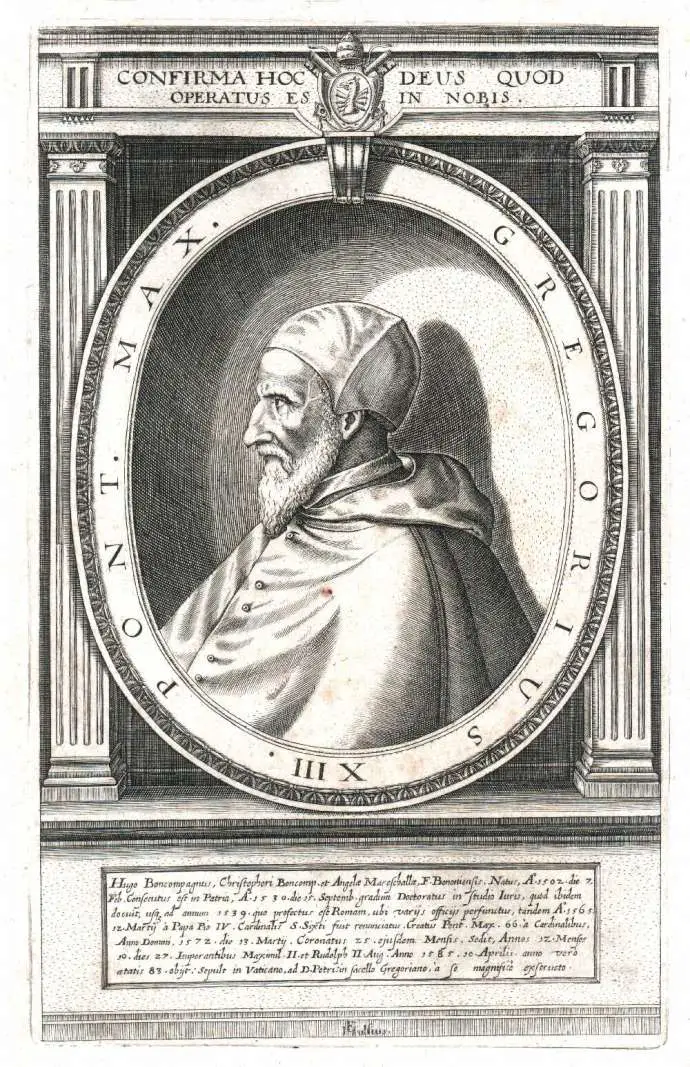In 1584 the Gregorian calendar was introduced in Slovenian lands, which from the extinction of the Counts of Celje in 1456 belonged to the Austrian line of the Hapsburg Monarchy.
The new calendar was promulgated in 1582 by Pope Gregory XII, addressing the leap year calculation problem of the earlier Julian calendar. Since every fourth year in the Julian calendar is a leap year, an average year is 235.25 days long. But as the tropical solar year is 365.24217 days long, in time the Julian calendar drifts away from observed astronomical events such as vernal equinox, the base for calculating Easter.
The new, Gregorian calendar, introduced leap year omissions every year that is divided by 100 but not if it can also be divided by 400. In order to realign with the tropical year, the introduction of Gregorian calendar at the time required the skipping of 10 days. Which is why the date that followed January 6th in 1584, was January 17.
Although the Gregorian calendar has been adopted by most of the world, the Julian calendar remains in use by the Christian Orthodox church, which is why Orthodox Christian holidays are currently celebrated 13 days after their Catholic/Protestant dates.
Therefore, we have another Christmas coming on January 7th and another New Year on January 13.
Cheers!






